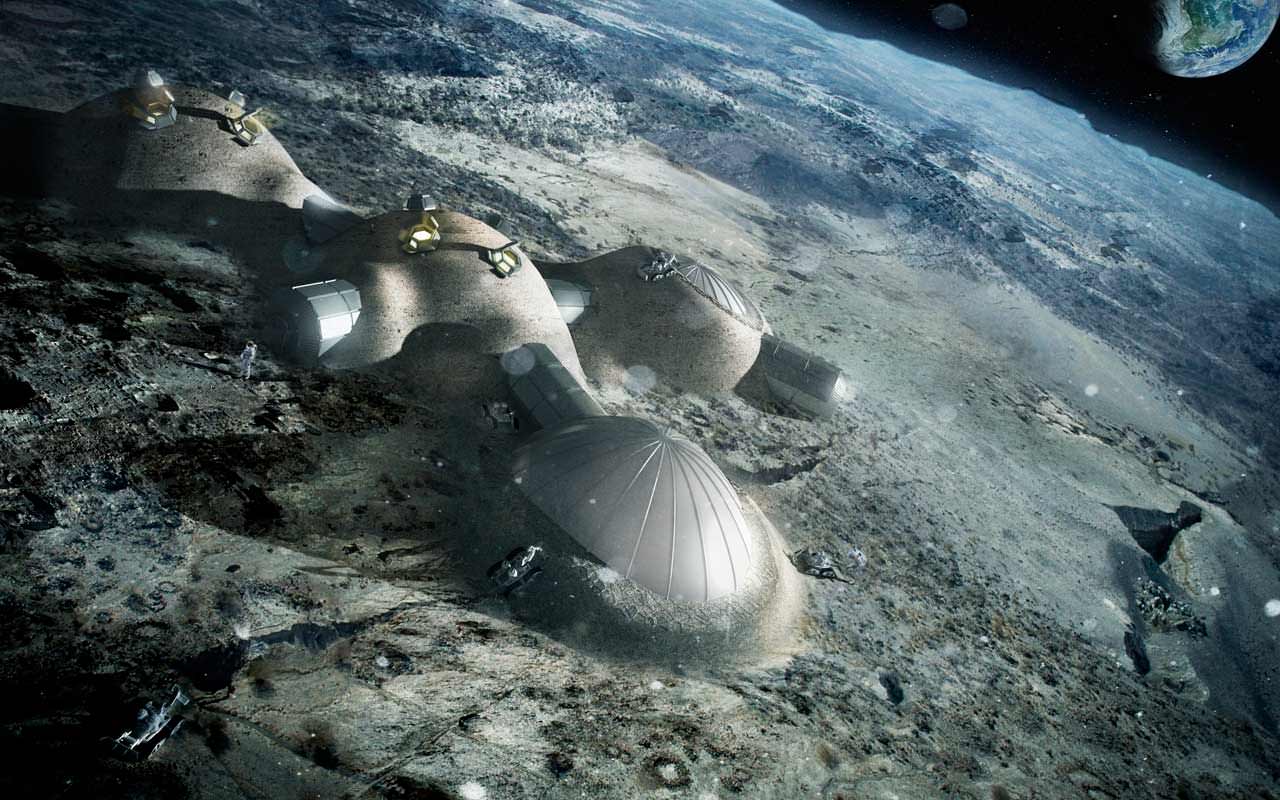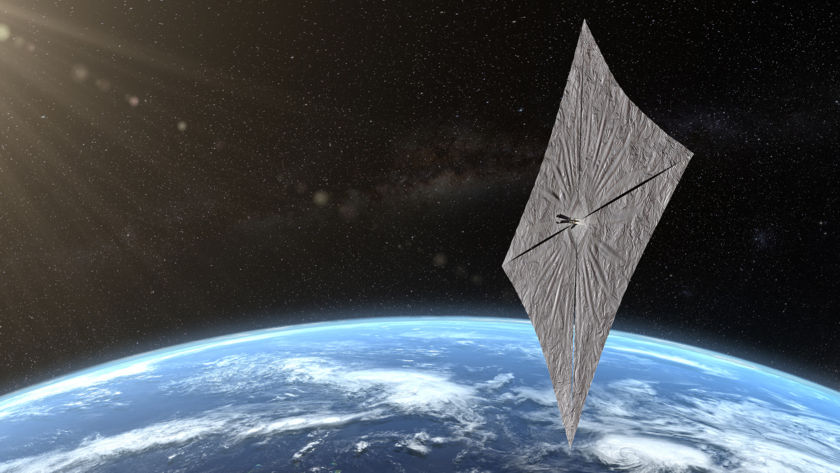Citizen science is such a great concept. Using the combined computing power of a gazillion (exaggeration) desktop and laptops to churn through data is an excellent and efficient way of analysing volumes of data. This has been shown yet again as a star has been identified to be hurtling out to intergalactic space! Most stars in the Milky Way are not travelling fast enough to be able to escape its immense gravity but the suspected brown dwarf is travelling at 1.5 million km/h, fast enough to escape.
Continue reading “Citizen Scientists Find a Star Escaping the Milky Way”Citizen Scientists Find a Star Escaping the Milky Way










